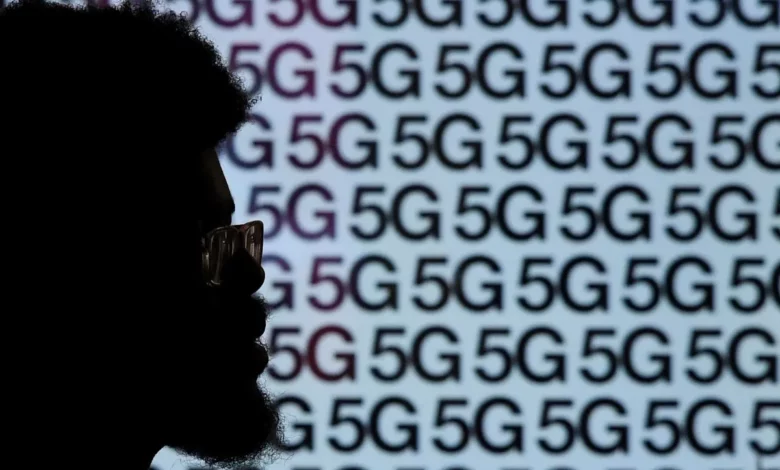
According to Mukesh Ambani, the spread of 5G should be India’s top priority.
According to Mukesh Ambani, Chairman and Managing Director of Reliance Industries Limited (RIL), India must transition from 2G to 4G to 5G as quickly as possible. India’s national priority should do the rollout of 5G.
Ambani, who gave the virtual keynote address at the Indian Mobile Congress (IMC), said that confining that the switch of millions of Indians at the bottom of the socioeconomic ladder to 2G denies them the benefits of the digital revolution.
Mukesh Dhirubhai Ambani, an Indian businessman, was born on April 19, 1957, and is the chairman and major shareholder of Reliance Industries Limited, a Fortune Global 500 company and India’s most valuable firm by market value. He is the wealthiest person in Asia, according to Forbes, with a net worth of US$90 billion and the 11th richest person in the world as of December 2, 2021. According to Mukesh Ambani, the ‘world’s most cheap smartphone,’ is the JioPhone Next. In India, Reliance Jio has released the new JioPhone Next.
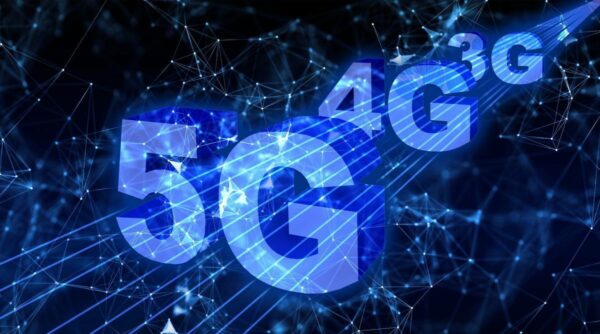
Let’s look at what 5g is and how it differs from 4g-
5G is the fifth generation technology standard for broadband cellular networks, which cellular phone operators began building globally in 2019. It is planned to succeed 4G networks, which now connect the majority of existing cellphones. By 2025, the GSM Association estimates that 5G networks would have over 1.7 billion users worldwide. Like their predecessors, 5G networks are cellular networks with service regions divided into small geographic units known as cells.
Radio waves connect all 5G wireless devices in a cell to the Internet and telephone network via a local antenna. The main benefit of the new networks will be increased capacity, allowing for faster download speeds of up to 10 gigabits per second. In addition to being faster than current networks, 5G can connect more devices, and even when people are in crowded places, the servers will be more unified Internet service quality.
Difference Between 4G and 5G Technology
The following are the difference between 4G and 5G that you should be aware of.
- Rate of change
The most vital aspect of the next-generation network is speed. The 5G is faster, wiser, and energy-efficient than the 4G, and the 5G network is a hundred times faster than 4G, with 10 gigabits per second.
It has to do with 5G. The high-definition movies may be downloaded in seconds, whereas 4G networks take around an hour.
Furthermore, the connectivity requirements vary depending on the network you are using.
- Spectrum
Every network operator holds some spectrum blocks, which make up the overall network capacity. Data transport speed is determined by its power.
The capacity of 4G is limited, even though the number of users is growing every day. This issue will be solved by 5G, which has a hundred times the capacity of 4G.
For example, a carrier may have 100 MHz of spectrum to use for all of its clients in a single country, but with 5G networks, that number will rise to around 1,000 MHz. This is the actual difference that 5G will bring.
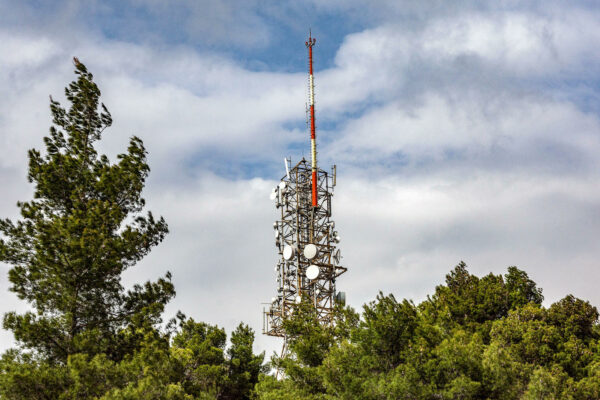
- Latency Rates
Latency means the time it takes for a signal to travel from its source to the receiver and back. One of the essential things that the wireless generation is focused on is reducing the amount of data transmitted to improve and speed up connectivity.
Compared to 4G LTE, 5G networks offer a reduced latency rate. The delay rate in 4G networks is around 40 to 50 milliseconds. The latency rate of 5G, on the other hand, is substantially lower than that of 4G, and it is only by one millisecond in 5G. Furthermore, 5G networks allow for smoother management of spikes and better network traffic optimization than 4G networks.
- Applications
Compared to 4G, 5G technology allows for deploying a slew of new applications that will improve people’s lives. Workers, gamers, business people, students, and everyone in between will profit from 5G’s colossal connectivity.
Take a peek at some 5G applications to learn more about the differences between 4G and 5G!
• A mobile service that functions similarly to a broadband connection
The most visible and immediate effects of the 5G network on mobile services can be seen. You may benefit from high-definition streaming video without any delay, thanks to 5G mobile networks.
With a massive increase in network capacity, 5G is expected to alleviate network slowdowns when in use. Thanks to this, sports fans will stream throughout the extensive gaming sessions. On the other hand, live streaming of long-hour matches and 4K video streaming is difficult with 4G.
- Autonomous vehicles
One of the most desirable and essential applications of 5G is autonomous vehicles. Network technology is rapidly improving, paving the way for driverless cars in the future.
5G enables vehicles to react to objects and autonomously alter direction. For instance, if a car moves at 30 mph and receives a signal from 5G, it will automatically modify its speed and protect the vehicle from being struck by an object.
However, the car will get signals later than the 5G network due to the existing 4G latency, roughly 100 milliseconds. It could also result in an accident. As a result, 5G, not 4G, is the future of autonomous vehicles.
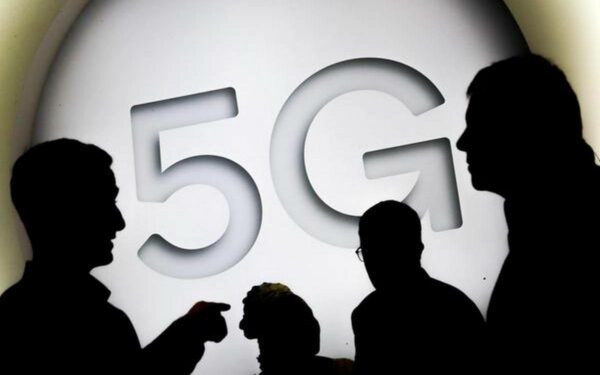
- Immersive gaming and virtual reality
With 5G’s reduced latency, all Augmented Reality and Virtual Reality applications will become more interactive and immersive. A technician wearing 5G AR goggles can see an overlay of a machine in the industrial sector. It also enables you to recognize the many parts of devices that are not at all safe to touch.
- Unleashing AI
When AI is applied to a large volume of data, 5G will speed up the data by providing more efficient connectivity. For example, the AI in the smart city can automatically correlate all of the data from the traffic signals. Additionally, 5G networks allow for AI inference at the edge. This aids in delivering all data required from source devices to the central cloud, which aids in the refinement of AI models.
You may gather data from linked automobiles, for example, to learn about road conditions and improve cloud-based mapping applications.
Will 5G Replace 4G in the future?
5G is the future of technology, and that it is long overdue. However, we can currently state that 5G will not replace 4G. The main reason for this is that 5G is still in its infancy, and technology isn’t ready to adopt it yet. Furthermore, upgrading all software to 5G is not a simple one-day job.
Many types of equipment will need to be replaced to use 5G effectively. As a result, upgrading all devices for 5G networks will take time. Cell phone towers must be upgraded with the latest 5G antennas for higher signal strength.
We will continue to utilize 4G and 5G in tandem for a long time. The same may be said about 4G. Even though it has been everywhere, 3G, 2G, and 1G may still be found in many places. The 5G will not replace 4G, but we will continue to utilize both in tandem for a long time.
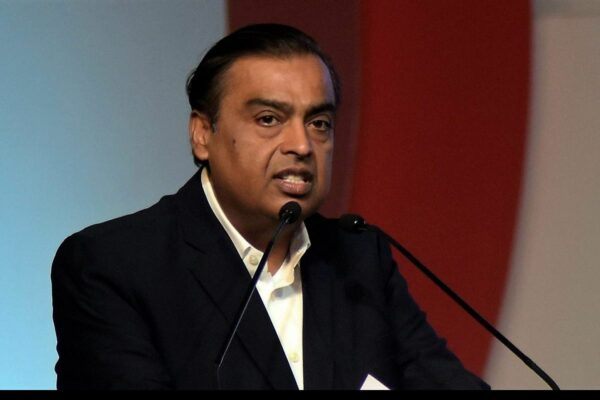
JIO’S ROLE TO BRING OUT 5G IN THE MARKET-
The deployment of 5G should be a national priority for India. Jio has built a fully cloud-native and digitally managed 5G system that is 100 per cent home-grown and comprehensive. Jio’s network could be upgraded from 4G to 5G fast and seamlessly because of its contemporary, future-proof architecture, he said.
According to a recent Ericsson report, by the end of 2027, 5G technology would account for around 39 per cent of mobile subscriptions, with nearly 500 million connections, with about 500 million contacts. Telecom Regulatory Authority of India confirmed that Reliance Jio has more than 44.38 crore subscribers (TRAI).
According to Ambani, the incredibly rapid rise of India’s mobile user base has been driven by affordability. “When we think about affordability in terms of policy, we primarily think of service affordability. In fact, India must ensure that not just services, but also equipment and applications are affordable “he added.
Jio was able to bring Fibre-to-the-Home to five million homes during the Covid era. “If all the participants in the business work together, we can quickly achieve a statewide footprint of fibre, just like we did with mobile phones in the last decade,” Ambani added.
Mukesh Ambani, Chairman and Managing Director of Reliance Industries, stressed the necessity of 5G deployment, saying it should be India’s top priority. During a speech at the India Mobile Congress, which is now taking place, he shared his views on this topic. “When the chips went down during COVID, it was the chipsets that kept us running,” he continued, emphasizing the importance of technology and innovation in the post-COVID era.
Following that, Ambani presented his five proposals for the new topic, ‘Connectivity for the Next Decade.’ The five themes revolve around adopting unique technology in the telecom and internet sectors and device and service affordability. The following are the five most essential points from his speech:
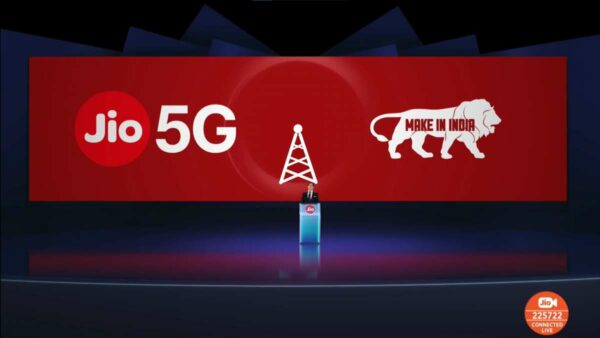
1. Switching from 2G to 5G
In his keynote, Ambani claimed, “To leave millions of Indians at the bottom of the socioeconomic pyramid limited to 2G is to rob them of the benefits of the digital revolution.” He explained why India’s shift from 2G to 4G and 5G networks must be completed.
2. The deployment of 5G should be India’s top priority.
Ambani also stated that the country’s primary objective should be a larger rollout of 5G. “Jio has built a 100 percent home-grown and comprehensive 5G solution that is fully cloud-native and digitally managed,” he said, adding that “Jio’s network could be quickly and smoothly upgraded from 4G to 5G due to its convergent, future-proof architecture.”
3. The issue of affordability
Ambani also discussed the necessity of newer technical breakthroughs being affordable and how cost “has been a fundamental driver of India’s phenomenally quick expansion of the mobile subscriber base.”
“India should strive for more digital inclusion rather than greater digital exclusion,” he continued, emphasizing that the government must ensure that not only services but also devices and applications are affordable.
4. India must be Fibre-ready to be future-ready.
“The world is now transitioning into a digital-first era,” Ambani said, emphasizing the necessity of fibre connectivity. “Almost everything will begin in the digital realm and then be moved to the physical realm.”
Ambani believes that India will outperform most other countries if the technology is widely used. He also stated that the digital-first era would need an increase in data carriage and that fibre connectivity will be a critical step in that direction because it offers nearly limitless data carriage capacity.
5. Appropriate policies and frameworks
Beyond connection, Ambani said, India must focus on “important components of the digital eco-system,” such as a solid regulatory and legislative framework. He also stated that India’s energy systems require a complete overhaul.
“Smart grids, economic decarbonization, and a significant cost reduction in India’s transition to clean and green energy are maturing technologies,” he said.
Conclusion-
We hope you learned something new about 4G and 5G from the preceding article. 5G is unquestionably quicker than 4G, but it will not replace 4G.
5G outperforms 4G in terms of applications, speed, latency, and technology. It is the cellular network’s future.
Rather than waiting for 5G networks to roll out entirely, you can still build the future with the current 4G technology. And can take full advantage of the 5G network’s benefits.
edited and proofread by nikita sharma






